William E. Sabin0470187778, 9780470187777, 9780470192641
This book provides an introduction to discrete-time and discrete-frequency signal processing, which is rapidly becoming an important, modern way to design and analyze electronics projects of all kinds. It presents discrete-signal processing concepts from the perspective of an experienced electronics or radio engineer, which is especially meaningful for practicing engineers, technicians, and students. The approach is almost entirely mathematical, but at a level that is suitable for undergraduate curriculums and also for independent, at-home study using a personal computer.
Coverage includes:
First principles, including the Discrete Fourier Transform (DFT)
Sine, cosine, and theta
Spectral leakage and aliasing
Smoothing and windowing
Multiplication and convolution
Probability and correlation
Power spectrum
Hilbert transform
The accompanying CD-ROM includes Mathcad® v.14 Academic Edition, which is reproduced with permission and has no time limitation for use, providing users with a sophisticated and world-famous tool for a wide range of applied mathematics capabilities.
Discrete-Signal Analysis and Design is written in an easy-to-follow, conversational style and supplies readers with a solid foundation for more advanced literature and software. It employs occasional re-examination and reinforcement of particularly important concepts, and each chapter contains self-study examples and full-page Mathcad® Worksheets, worked-out and fully explained.
Table of contents :
DISCRETE-SIGNAL ANALYSIS AND DESIGN……Page 4
CONTENTS……Page 10
Preface……Page 14
Introduction……Page 16
1 First Principles……Page 24
Sequence Structure in the Time and Frequency Domains……Page 25
Two-Sided Time and Frequency……Page 28
Discrete Fourier Transform……Page 29
Inverse Discrete Fourier Transform……Page 33
Frequency and Time Scaling……Page 34
Number of Samples……Page 36
Complex Frequency-Domain Sequences……Page 37
x(n) Versus Time and X(k) Versus Frequency……Page 38
2 Sine, Cosine, and θ……Page 42
Time and Spectrum Transformations……Page 44
Example 2-1: Nonlinear Amplifier Distortion and Square Law Modulator……Page 50
Example 2-2: Analysis of the Ramp Function……Page 54
Spectral Leakage. Noninteger Values of Time x(n) and Frequency X(k)……Page 58
Aliasing in the Frequency Domain……Page 63
Example 3-2: Analysis of Frequency-Domain Aliasing……Page 70
Aliasing in the Time Domain……Page 74
Smoothing the Rectangular Window, Without Noise and with Noise……Page 76
5 Multiplication and Convolution……Page 92
Polynomial Multiplication……Page 93
Convolution……Page 96
Discrete Convolution Basic Equation……Page 100
DFT and IDFT of Discrete Convolution……Page 104
Deconvolution……Page 109
6 Probability and Correlation……Page 110
Expected Value of x(n)……Page 111
Average Power of Noiseless Sequence……Page 114
Variance……Page 116
Gaussian (Normal) Distribution……Page 117
Cumulative Distribution……Page 118
Autocorrelation……Page 119
Cross-Correlation……Page 121
Autocovariance……Page 123
Correlation Coefficient……Page 125
7 The Power Spectrum……Page 128
Finding the Power Spectrum……Page 129
Example 7-1: The Use of Eq. (7-2)……Page 131
Random Gaussian Noise Spectrum……Page 133
Measuring the Power Spectrum……Page 135
Wiener-Khintchine Theorem……Page 136
System Power Transfer……Page 137
Cross Power Spectrum……Page 138
Example of Calculating Phase Noise……Page 140
Example of a Hilbert Transform of an Almost-Square Wave……Page 144
Mathematics of the Hilbert Transform……Page 152
Analytic Signal……Page 153
Example 8-2: Construction of Analytic Signal……Page 154
Single-Sideband RF Signals……Page 157
SSB Design……Page 160
Phasing Method SSB Transmitter……Page 163
Phasing Method SSB Receiver……Page 164
Filter Method SSB Receiver……Page 165
Discrete Derivative……Page 168
State-Variable Solutions……Page 170
Using the Discrete Derivative to Solve a Time Domain Discrete Differential Equation……Page 174
Glossary……Page 178
Index……Page 186
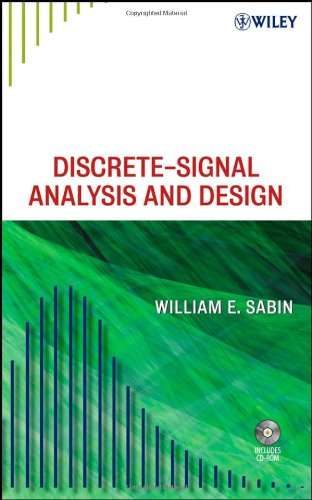
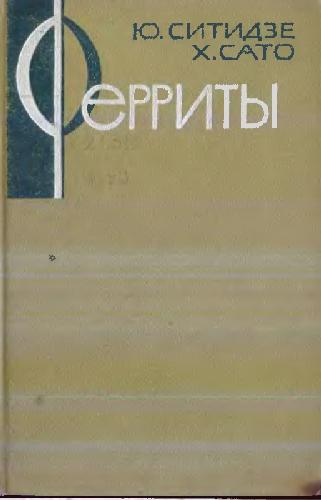

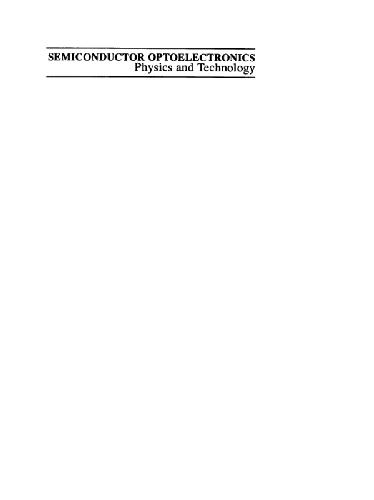

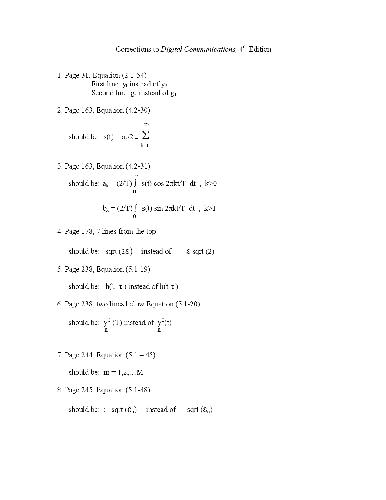
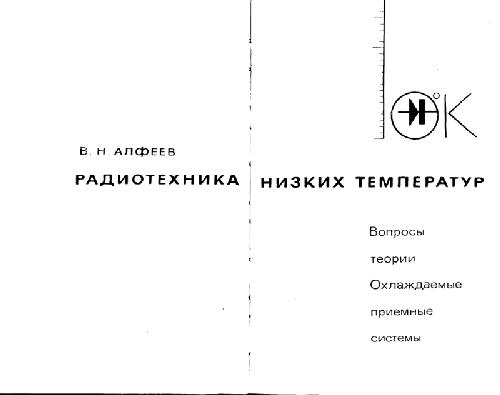
Reviews
There are no reviews yet.